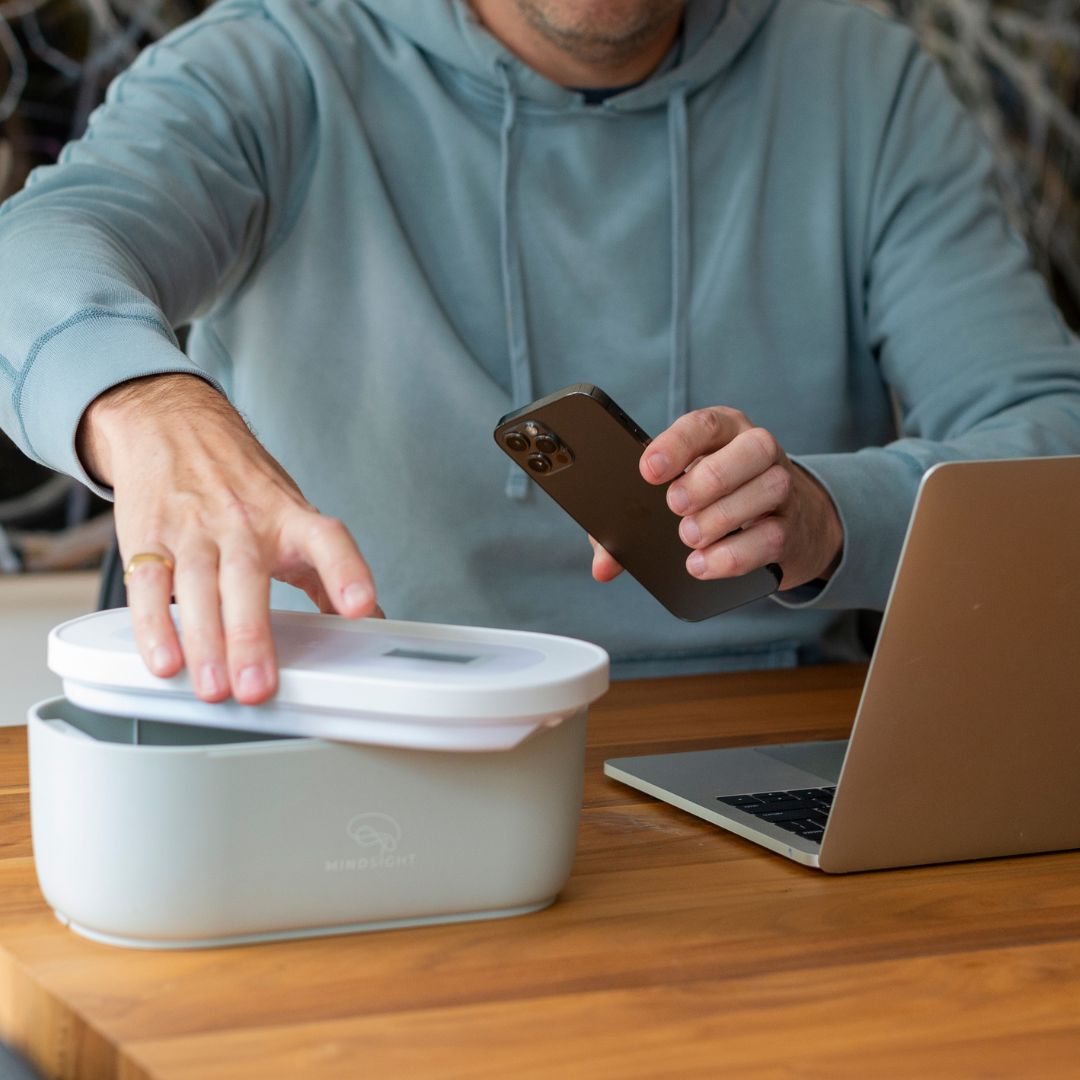We can all agree that our phones have become an indispensable part of our lives. It's our navigator, our social connector, our camera, and our source of entertainment—all wrapped up in one convenient device. However, this convenience often morphs into dependence, leading to an addiction that's hard to shake off. If this sounds like you and you find yourself constantly reaching for your phone—even when there’s no real need—you might be grappling with smartphone addiction. Here’s a guide to help you cut back and regain control over your time and attention.
Understanding the Addiction
Before diving into solutions, it’s crucial to understand why smartphones are so addictive. They offer instant gratification through notifications, social media likes, and messages. Each interaction releases dopamine, a chemical in the brain associated with pleasure, making it easy to get hooked. Additionally, the fear of missing out (FOMO) keeps us perpetually engaged with our screens.
Recognize the Signs
Admitting there's a problem is the first step. Some signs of phone addiction include:
- Constantly checking your phone, even without notifications.
- Feeling anxious or irritable when your phone is out of reach.
- Using your phone during meals or conversations.
- Difficulty focusing on tasks without the urge to check your phone.
Strategies to Cut Back
1. Monitor Your Usage
Start by understanding how much time you spend on your phone. Use built-in tools like Screen Time on iOS or Digital Wellbeing on Android. These tools can give you a detailed breakdown of your phone usage, highlighting the apps that consume most of your time.
2. Set Realistic Goals
Gradual reduction is more sustainable than going cold turkey. Set daily or weekly goals to reduce screen time. For example, if you currently spend five hours a day on your phone, aim to cut it down to four hours initially.
3. Create No-Phone Zones
Designate specific areas or times where phone use is prohibited. This could be the dining table, the bedroom, or during family time. By establishing no-phone zones, you can create pockets of undistracted time in your day.
4. Turn Off Notifications
Notifications are designed to pull you back into your phone. Disable non-essential notifications to reduce interruptions. You can customize which apps can send you alerts, allowing only the most important ones to get through.
5. Use a Timed Lockbox
A timed lockbox can be a powerful tool to help you cut back on phone usage. Place your phone in the lockbox and set a timer for how long you want to be phone-free. The lockbox will keep your phone secure and inaccessible until the timer goes off, forcing you to engage in other activities and reducing the temptation to check your device impulsively.
6. Engage in Offline Activities
Find hobbies and activities that don’t involve your phone. Reading, exercising, cooking, or spending time with loved ones can be fulfilling and divert your attention away from your screen.
7. Practice Mindfulness
Mindfulness and meditation can help increase your awareness of how and why you use your phone. Apps like Headspace and Calm offer guided meditations that can help you become more present and less reliant on your phone for entertainment.
8. Charge Your Phone Outside the Bedroom
Many of us use our phones as alarms, leading to late-night scrolling and disrupted sleep. Invest in a traditional alarm clock and charge your phone outside the bedroom to improve your sleep quality and reduce nighttime usage.
Seek Support
If you find it challenging to cut back on your own, don’t hesitate to seek support. Talk to friends or family about your goal to reduce phone use. You might even find someone to join you in the effort, creating a support system. If the addiction is severely impacting your life, consider seeking help from a professional counselor or therapist.
Cutting back on smartphone usage requires a conscious effort and a willingness to change habits. By implementing these strategies, you can reclaim your time and attention, leading to a more balanced and fulfilling life. Remember, the goal isn’t to eliminate phone use entirely but to create a healthier relationship with technology. Start small, stay consistent, and celebrate your progress along the way.





